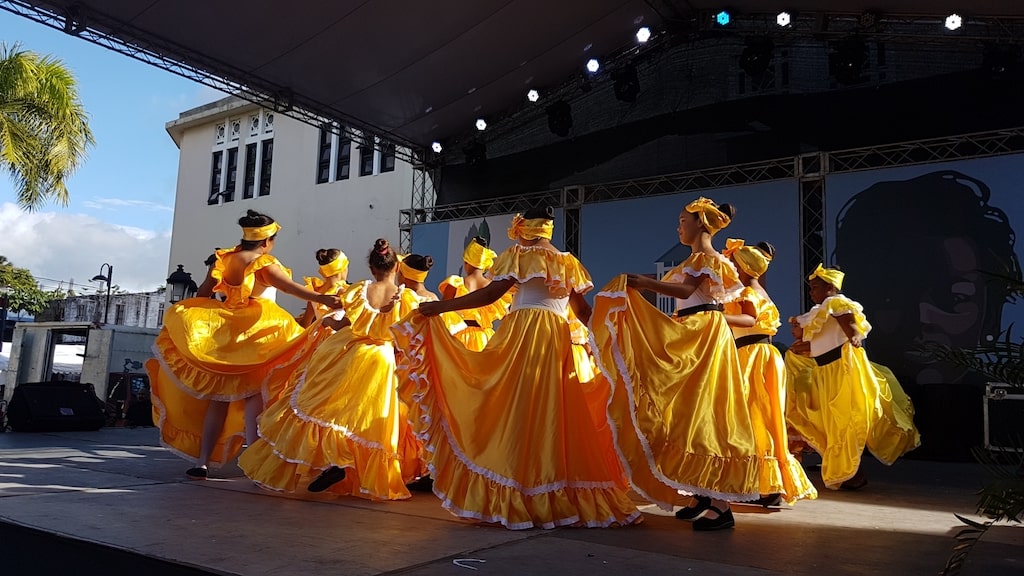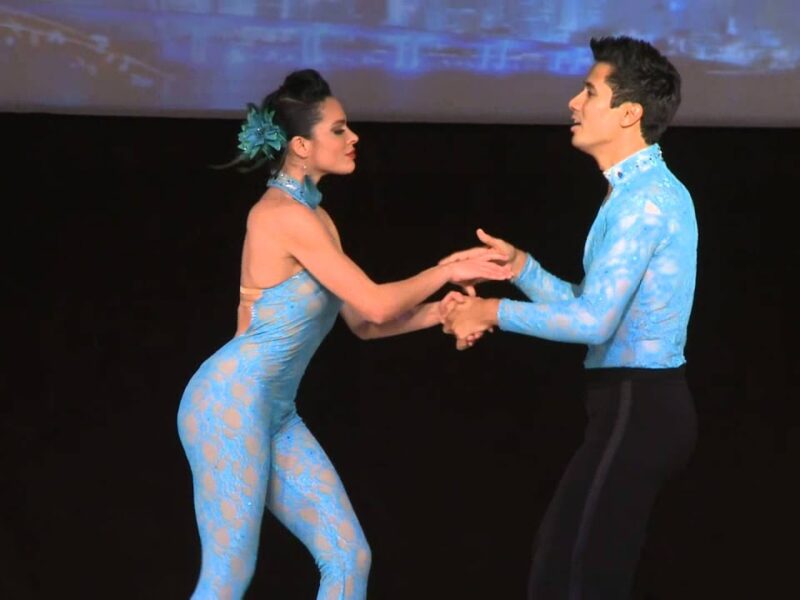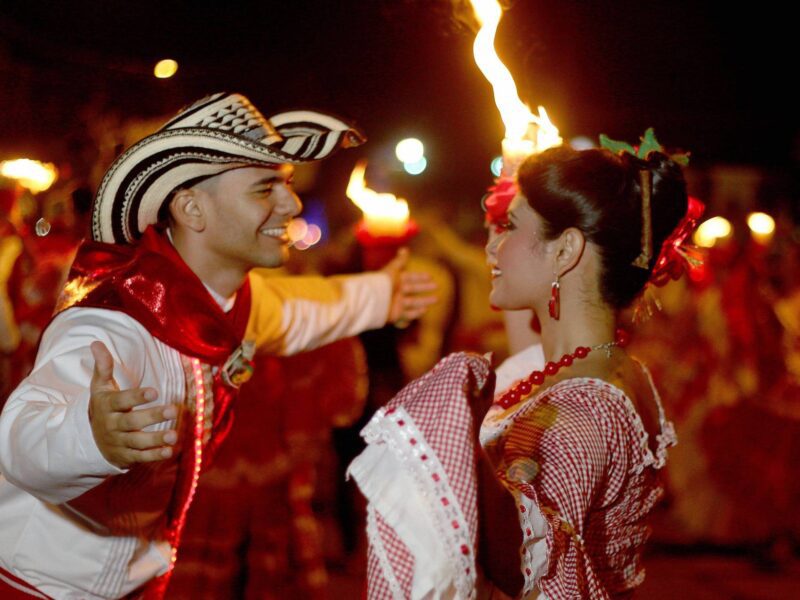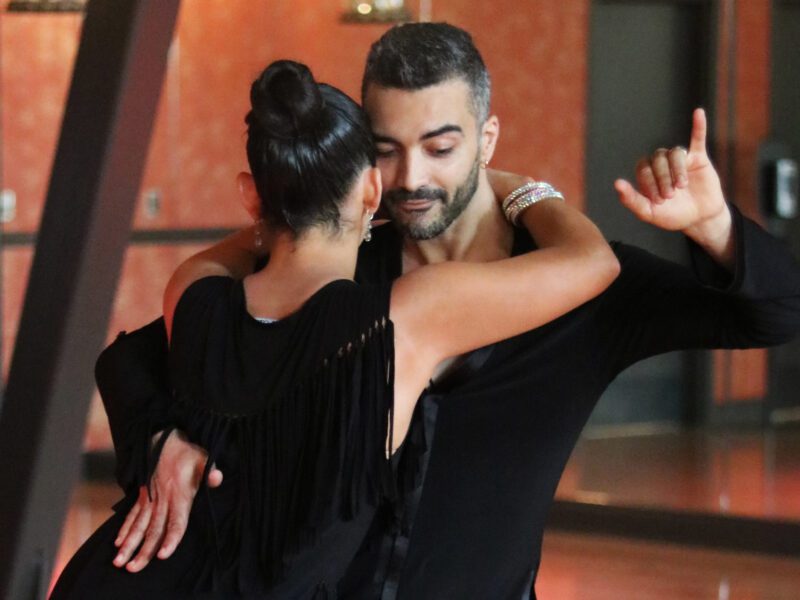
Is son cubano the basis for salsa, bachata, and merengue?
In the rich tapestry of Latin music and dance, Son Cubano stands as a foundational genre that has given birth to some of the most beloved and vibrant styles, including Salsa, Bachata, and Merengue. Originating in Cuba, Son Cubano carries within its rhythmic and melodic fabric the essence of African, Spanish, and indigenous influences, shaping the way for the evolution of Latin music and dance across the Caribbean and beyond.
In this article, we’ll delve into the captivating world of Son Cubano, tracing its roots, exploring its characteristics, and uncovering its profound impact on the birth of Salsa, Bachata, and Merengue.

The Origins of Son Cubano: A Fusion of Cultures
Son Cubano emerged in the late 19th century as a fusion of diverse cultural elements. The genre’s foundations lie in the blend of African rhythms brought by enslaved Africans, Spanish guitar techniques, and the melodies of Spanish and indigenous cultures. Son Cubano was born in the urban context of Havana and Matanzas, making it a representation of the melting pot that Cuba was becoming.

Rhythmic and Melodic Characteristics:
At the core of Son Cubano is its distinct rhythmic pattern known as the clave rhythm. The clave, a two-bar pattern that forms the backbone of many Afro-Cuban rhythms, is the driving force behind the genre’s irresistible groove. The guitar and the tres (a Cuban guitar-like instrument with three pairs of strings) contribute to the rhythmic complexity with syncopated patterns that interlock with the clave.
Melodically, Son Cubano features call-and-response structures, allowing for dynamic vocal interactions between the lead vocalist and the chorus. The influence of Spanish guitar techniques is evident in the intricate harmonies and melodic progressions that underpin the music.

Instrumentation and Dance:
The instrumentation of Son Cubano reflects its multicultural origins. Alongside guitars and tres, instruments like the bongo, conga drums, maracas, and trumpet contribute to the genre’s distinctive sound. These instruments not only provide the rhythmic foundation but also enhance the improvisational nature of Son Cubano performances.
The dance that accompanies Son Cubano is equally captivating. Couples engage in intricate partner work, often characterized by elegant footwork, rhythmic hip movements, and close connection. The dance is a visual representation of the genre’s interwoven cultural influences, showcasing the fusion of African and Spanish dance elements.

Influence on Salsa: The Urban Evolution
Son Cubano played a pivotal role in the evolution of Salsa, which emerged in the late 1960s and early 1970s in New York City. Salsa, a term that encompasses various Latin dance styles, draws heavily from the rhythmic patterns and musical elements of Son Cubano. The clave rhythm, call-and-response structures, and the use of Afro-Cuban percussion instruments were all carried over to Salsa, creating a dynamic and infectious dance music.

Influence on Bachata:
While Bachata has its roots in the Dominican Republic, it is deeply influenced by Son Cubano’s romantic and emotive qualities. The guitar-driven melodies of Son Cubano find a parallel in Bachata’s signature guitar strumming patterns. The themes of love, heartache, and everyday life, often found in Son Cubano lyrics, are also reflected in Bachata’s lyrical content.

Influence on Merengue:
Merengue, the national dance and music of the Dominican Republic, draws on Son Cubano’s rhythmic energy and danceable nature. While the genres are distinct, the use of percussion instruments and lively tempos in Merengue can be traced back to the vibrant spirit of Son Cubano. The festive and celebratory atmosphere that Son Cubano embodies also aligns with the joyful essence of Merengue.

Cultural Significance and Legacy:
Son Cubano is not only a musical genre but a cultural phenomenon that reflects the history, struggles, and triumphs of the Cuban people. It has served as a medium for social commentary, storytelling, and cultural expression. Throughout its evolution and influence on other genres, Son Cubano remains a symbol of identity and a testament to the power of music and dance to transcend boundaries.
Son Cubano stands as a testament to the rich heritage of Cuba, a convergence of cultures that has left an indelible mark on the world of music and dance. Its rhythmic complexities, melodic harmonies, and multicultural origins have paved the way for the birth and evolution of genres like Salsa, Bachata, and Merengue. Son Cubano’s enduring legacy reminds us of the profound impact that cultural exchange and fusion can have on the artistic landscape.
As we dance to the infectious rhythms of Salsa, sway to the melodies of Bachata, or whirl to the vibrant beats of Merengue, we are, in essence, paying homage to the roots of it all – the enchanting world of Son Cubano.
—
If you’re ready to take the plunge and embark on your future as a latin dancer, check out Salsa Sana, learn all about the dancer life and start your dance training online.







